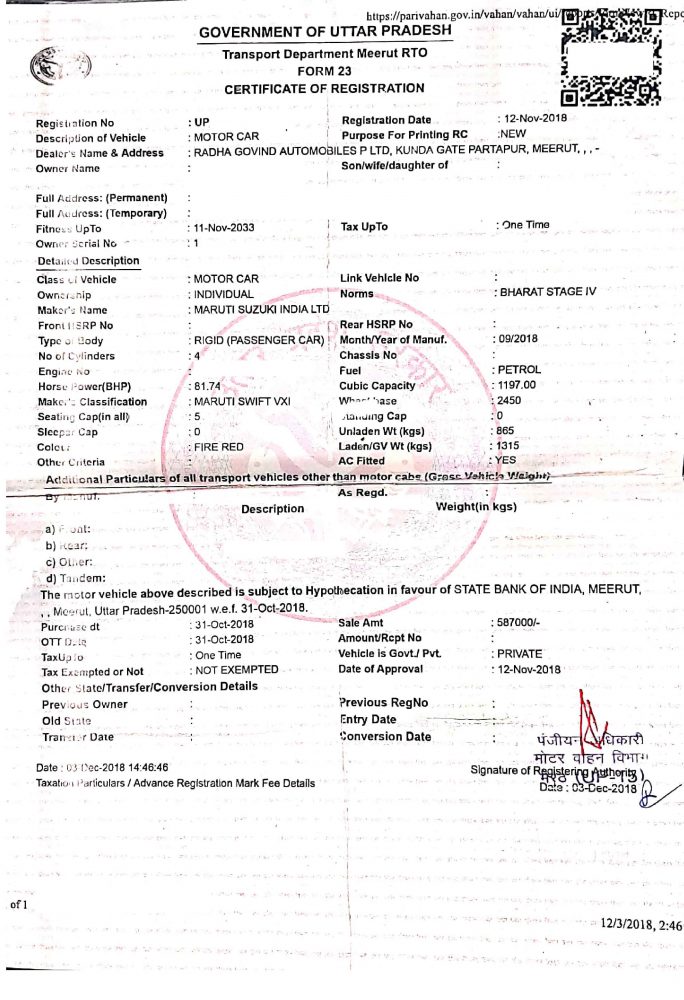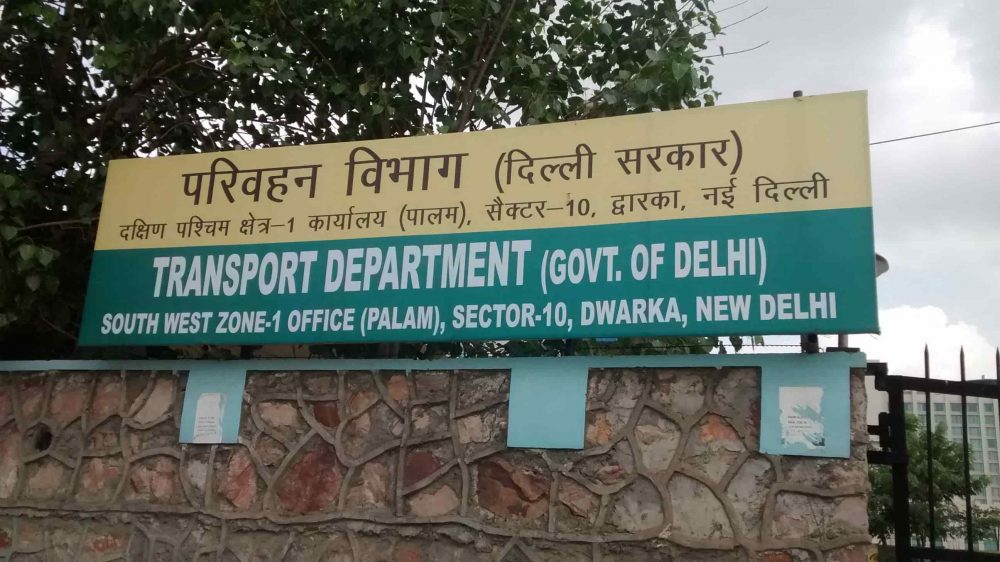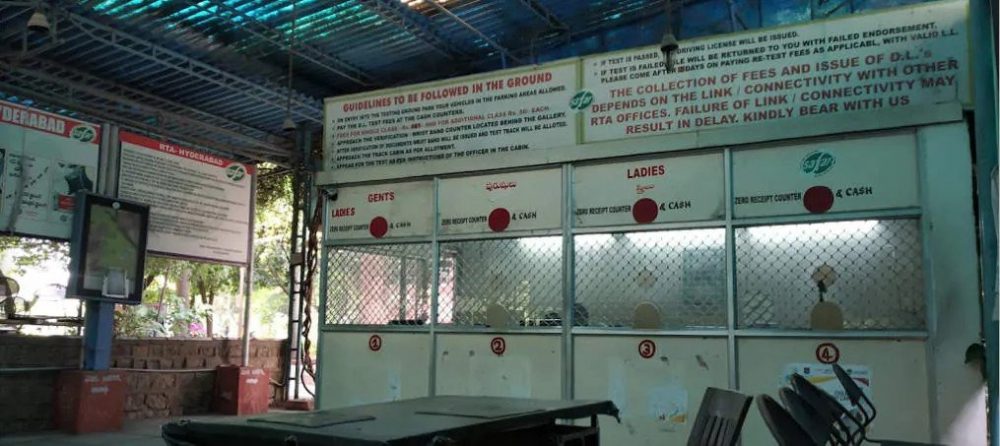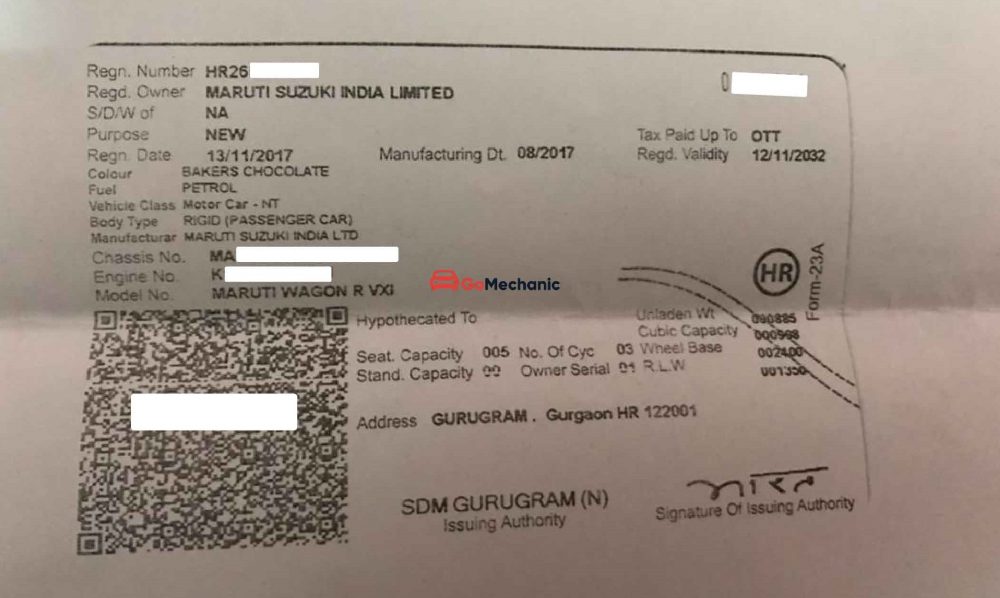Car buying in India is a really popular practice now. With new brands coming into existence in the market every now and then, new car launches are the new normal for us! The automobile market in India is reviving at a high pace. The used car market is also touching new heights. One of the most important aspects of the car buying process is finance. Usually, cars are financed by banks or other loan providers. In such cases, the car’s registration certificate contains the name of the bank/loan provider until the loan amount is paid by the owner completely. This article is about how to get the loan provider’s name removed from your car’s RC once you pay your loan completely. Let’s have a look at the complete process by which you can remove RTO hypothecation from RC.

Before we start off with the procedure, we want you to know that if you are looking for an agent to do this for you, he will simply overcharge you in the name of complications but as you read on further, you will come to know that it is a really simple and easy process. Just visit your local RTO and follow the below steps.
Also, Read What is Negative Equity on Car Loans and how to get out of it
Download the GoMechanic App Now!
-
Collect the Documents
You first need to head to your bank or the loan provider upon your loan’s closure. The most important document you need to collect from there is the letter stating that you have successfully repaid the loan and are no more under the debt. This letter should be on the official letterhead of the bank/loan provider and should be duly signed by the concerned authority. Secondly, you need to obtain a NOC from the bank regarding the same. Last but not least, you need Form35. This is a government-issued form which mentions the termination of the loan agreement between you and the provider. Usually, two copies of this form are required to complete the process.
Read How to Check your Car Loan Eligibility before applying for one
-
Submit your application to remove hypothecation from RC

RTO Delhi Once you have gathered the documents from the bank or the loan provider, it’s time to head to the RTO. Just find your concerned counter. You can enquire about your concerned department from anyone in the RTO. Once you reach your concerned counter, you need to present the following documents:
- NOC Certificate from the bank (Original)
- Form 35 (2 copies)
- Registration Certificate (RC) (Original)
- PUC (Photocopy)
- Car Insurance Documents (Photocopy)
- Aadhar Card (Photocopy)
- Owner’s Photograph
- A printed copy of the payment receipt (if paid online)
-
Getting the documents checked

remove hypothecation from RC First, get all the documents verified by the concerned official and then head to the counter where you can get your details entered in the RTO’s database. The officer here will approve all the details that were fed to the computer and then finally you need to pay a minor fee of Rs.100. Once you have paid the fee, return to the initial counter with the verified documents and the payment receipt. They will allot you a date when you need to visit again. This time period is utilised to get verify your documents and get approval from the higher authorities.
-
Receive the New RC

Factory Second Maruti WagonR Registration Certificate You need to go back to the RTO on the date you were previously allotted. Visit the same counter where your documents were verified. The officer will hand you an Acceptance Form along with all the documents which you need to verify and sign. Once you check all the details in the acceptance form, sign it and hand it back to the officer, you need to pay the fee for the Smart Card RC.
Checkout Getting Long Term Car Loan or Finance | Wise Decision?
Once you have paid the fee, they will give you a receipt and a date to collect your new smart card RC. The last step is collecting your new RC and you are done!
Sounds simple! Isn’t it? The process to remove hypothecation from RC is a simple process. However, it can be time taking due to some of the other error that might occur at times. In case you are short of time or don’t want to visit the RTO time and again, you can simply hire an agent who can do this for you. But beware of people who overcharge in the name of government charges. This was it for this article. Share this article with all your friends who have got their vehicle financed or are planning to get one!







